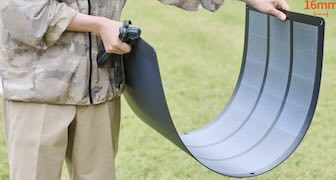MIYAGI, Nov 10 (News On Japan) - Despite concerns about the impact of a warm winter, migratory birds to Japan are generally arriving on track.
The survey was conducted at approximately 500 rivers and swamps in Miyagi, where prefectural staff counted the number of birds using binoculars.
Geese and swans, which breed in the Russian Far East about 4,000 kilometers away, come to winter in Japan.
Approximately 191,000 geese, 45,000 ducks, and 7,000 swans were observed in the survey conducted on Nov 9.
There have been concerns about delays in the arrival of birds this year, but the warm winter doesn't appear to have affected their migration.















